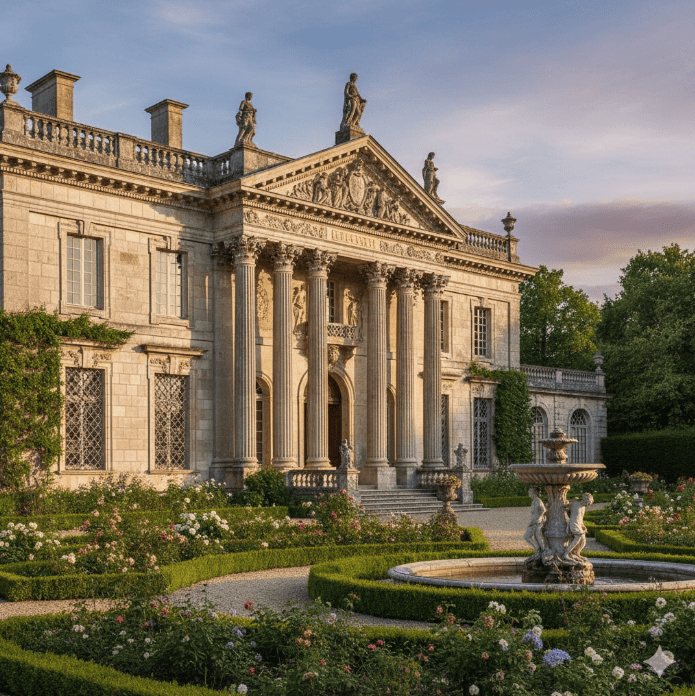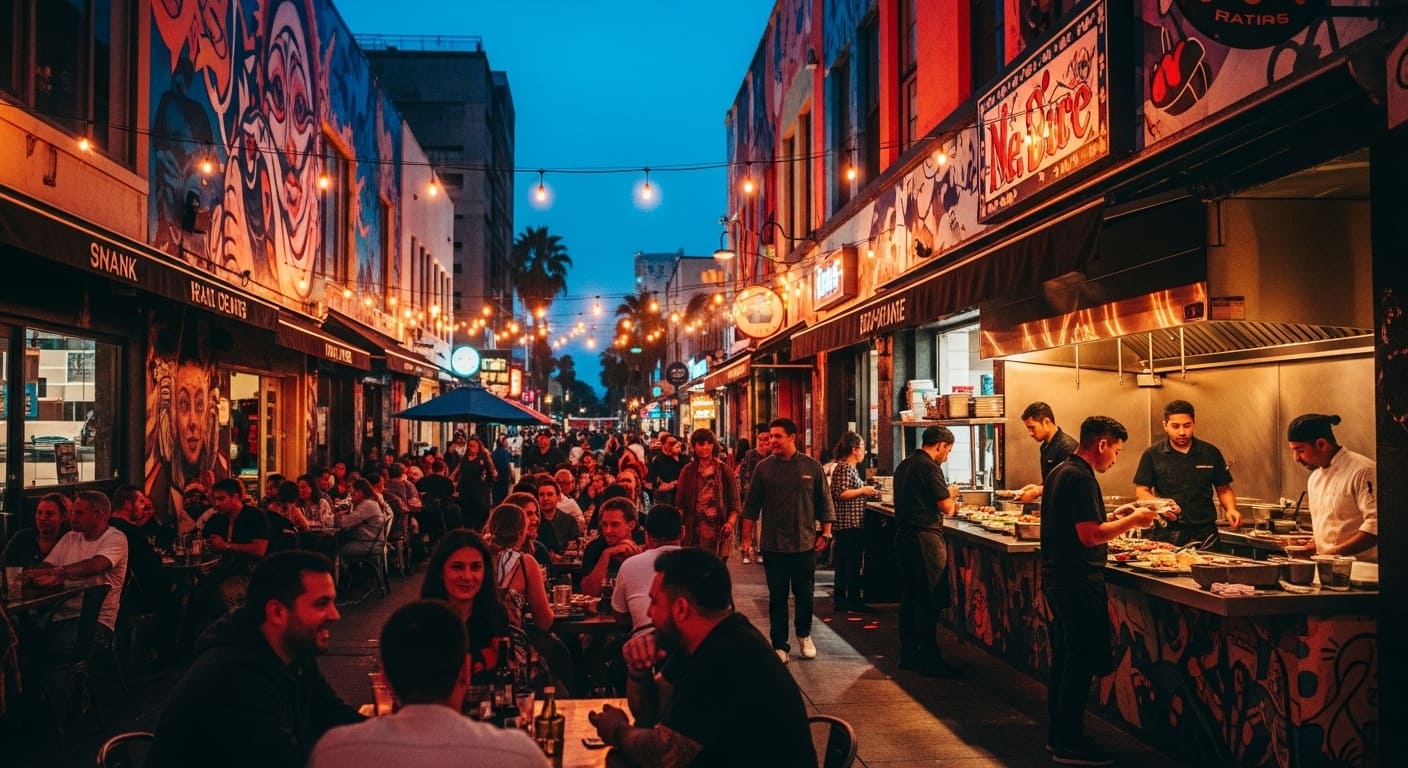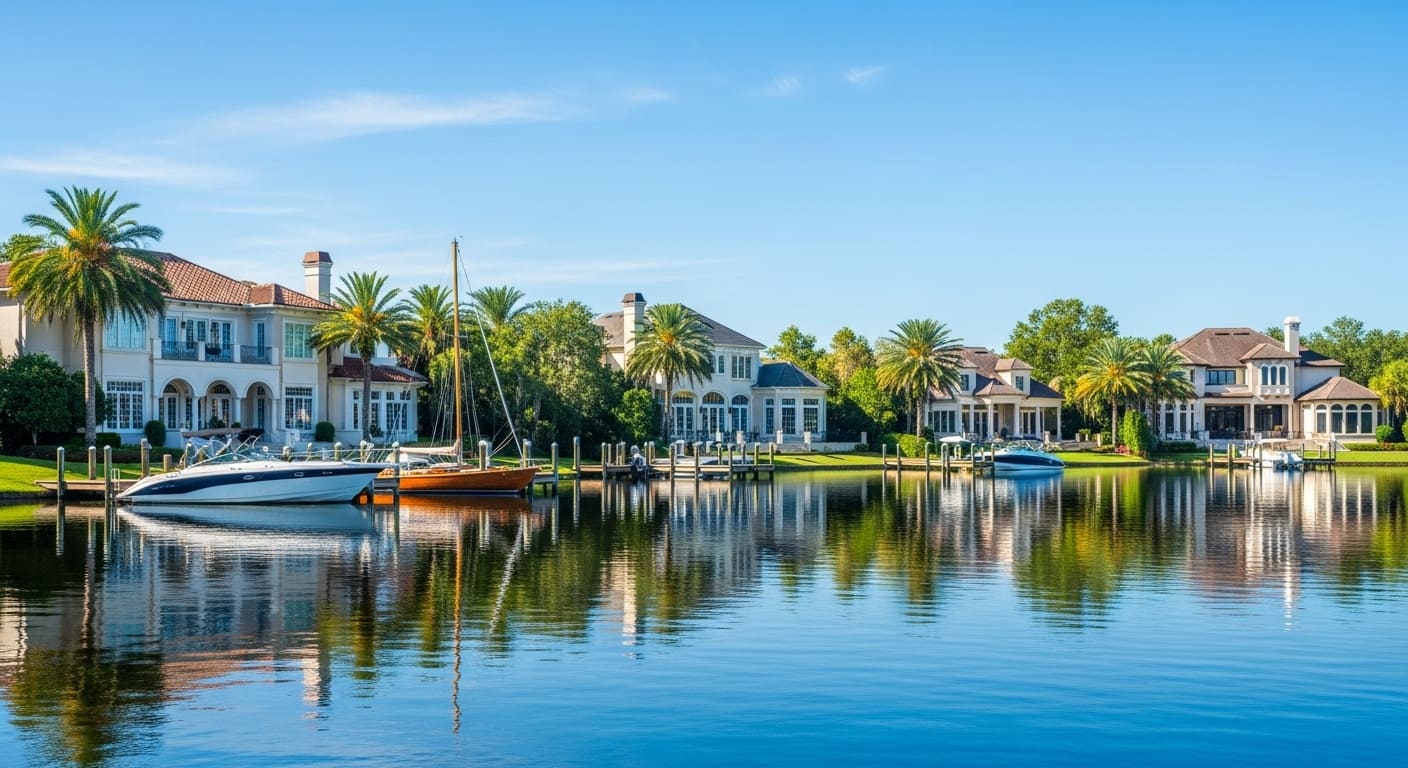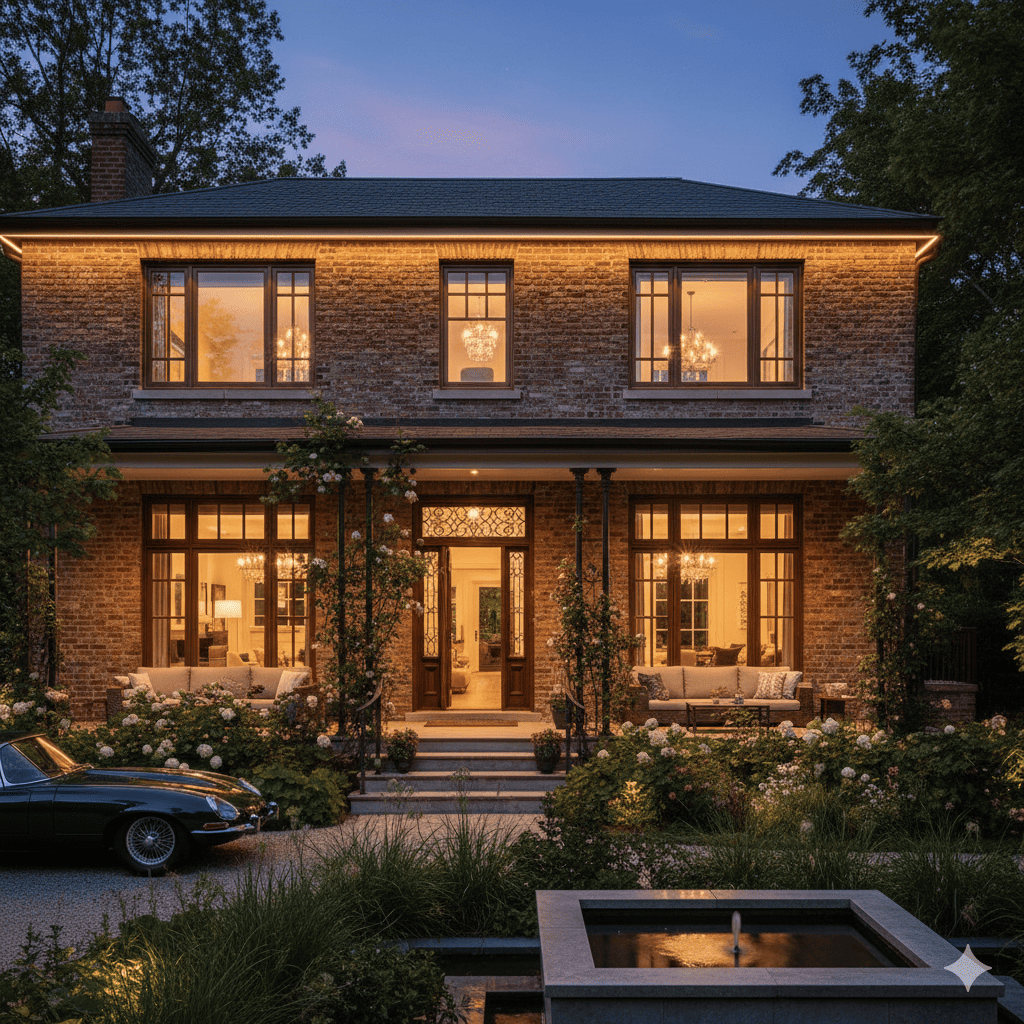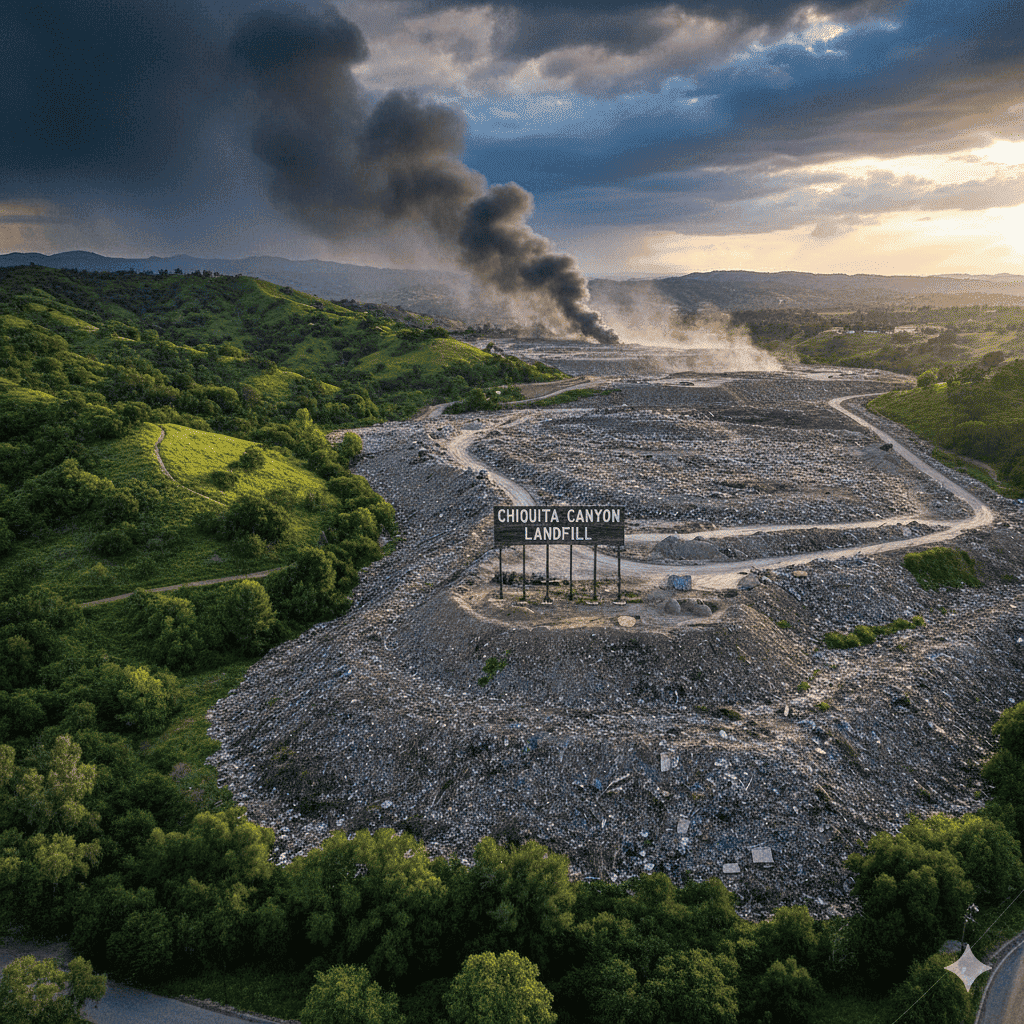Introduction:
In every corner of the world, the historical mansion stands as a timeless symbol of wealth, artistry and cultural heritage. These magnificent houses, often centuries old, were built not only as housing, but also as statements about power and reputation. Today, the architectural treasures remain reflective of the craftsmanship of earlier ages. Nevertheless, there is a decline over time, and the challenge of preserving these mansions has become an important cultural responsibility.
Restoring the historic mansion is larger than the repair of the old walls; It is about reviving elegance, maintaining historical accuracy and ensuring that future generations can admire their beauty. In this article we will find out how restoration brings this mansion back to life and inheritance protection is important for maintaining the inheritance.
The Allure of Historic Mansion
There is a bit of magic about walking in the mansion built in the 18th or 1800s. From the roof to the stairs, everything talks about greatness. Unlike modern homes, the historic mansion was made with careful expansion, and often combines local materials with global effects. The garden, inner finish and architectural styles gave us a glimpse of the previous lifestyle of the elite, politicians and cultural symbols.
For homeowners, historians and architectural enthusiasts, these buildings are more than stone and wood – they are living stories. That’s why the push for heritage preservation has grown stronger in recent decades
Why Preservation Matters
One of the most striking aspects of the historic mansion is his unique craftsmanship. Complex wood, marble fireplaces, stained glass and chandeliers are common functions. Many homes were built in separate architectural styles such as Georgian, Victorian, colonial revival or neoclassical.
It is important to preserve these details when they represent the artistic movements of their time. A mansion restored without its original carvings, paintings or architectural motifs losing the essence. Inheritance protection ensures that the past is shown in the present.
Challenges in Mansion Restoration
While the idea of restoring the mansion seems romantic, the process is complex and animals. Maintaining structural integrity by preserving authenticity is the biggest challenge. Many old mansions were made with materials or techniques that were no longer in general use. This means obtaining rare wood, stone or crafts.
In addition, a mansion often requires restoration to balance security with historical loyalty. Modern construction codes, wires and plumbing must be installed without disturbing the heirs. Architects and protectionists should work by hand to ensure that the restoration seems authentic and functional to today’s world.
Architectural details Worth Preserving

One of the most striking aspects of the historic mansion is his unique craftsmanship. Complex wood, marble fireplaces, stained glass and chandeliers are common functions. Many homes were built in separate architectural styles such as Georgian, Victorian, colonial revival or neoclassical.
It is important to preserve these details when they represent the artistic movements of their time. A mansion restored without its original carvings, paintings or architectural motifs losing the essence. Inheritance protection ensures that the past is shown in the present.
Modern Uses of Restored Mansions
While some historical mansions live in private homes, many are renovated at cultural places. For example:
• Boutique Hotel: Guests experience Old World Luxury with modern comfort.
• Event site: Perfect for weddings, galas and cultural ceremonies.
• Museums and galleries: Not only architecture, but also art and history.
This adaptive reuse ensures that the restored mansion remains economically durable and preserves the inheritance.
Global examples of restored mansion
The Biltmore Estate, USA
The largest private home in the United States, Biltmore Estate in North Carolina, has been carefully maintained since 1895. Visitors are still surprised by their large ladder, garden and Gothic inspired architecture.
Villa Vizcaya, Miami
In the early 1900s, this Mediterranean-style mansion was restored to preserve its gardens, fountains and European effects. It now acts as a museum that attracts thousands of tourists.
Chatsworth House, UK
One of the most famous country sites in England is combined into the Chatsworth house with modernization. The beautiful interior and landslides make it an icon for luxurious architecture and cultural monuments.
Garden and Outdoor Spaces

A mansion is incomplete without a landscape around it. The historic mansion often consisted of elaborate gardens, fountains and trips. Restoring these places is just as important as preserving the main structure. Heritage Gardner consists of studying old plans, pictures and records to repeat original designs. This creates an authentic experience for visitors while maintaining organic balance.
The Role of Technology in Preservation
Modern technology today plays a major role in manic house restoration. 3D scanning, digital blueprint and AI-operated design tools help architects create details with accuracy. Drone photography helps to monitor large wealth, while sustainable material ensures long life without compromising on inheritance.
This combination of tradition and innovation allows us to preserve elegance by preparing these buildings for the future.
Community and cultural effects
Restoring a mansion is not just about saving a building – this affects society as a whole. Local economies benefit from tourism, craftsmen are given opportunities in special restoration work, and cultural pride is reinforced. A historical mansion is often an educational location where children and adults are similar to teachers, design and heritage.
Conclusion
A historical mansion is a living monument to our past. They are a symbol of elegance, artistry and cultural heritage that deserves to be preserved. Through careful restoration and protection, we ensure that these magnificent houses inspire future generations. Whether used as private housing, cultural areas or events, they live a strong reminder of the beauty and craft in the previous centuries.
Restoring the mansion is not just about bricks and mortar – it’s all about reviving stories, traditions and elegance that will otherwise be lost. When we save them, we retain our collective identity.
